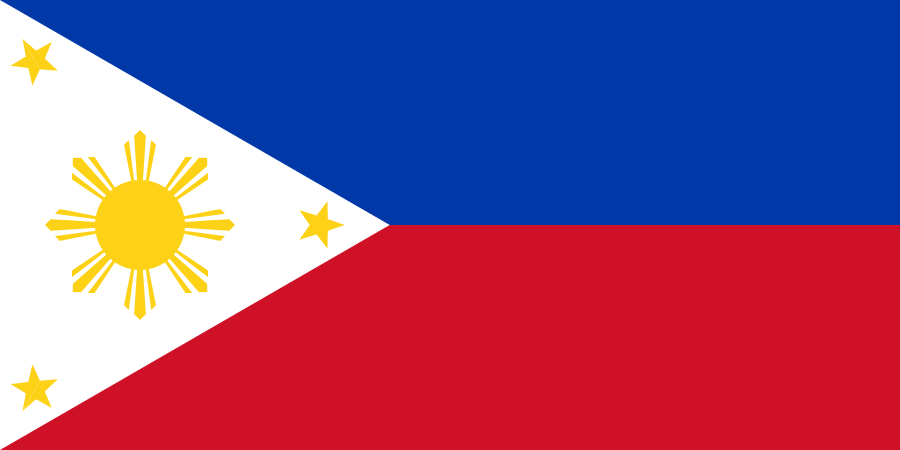The Philippine Islands became a Spanish colony during the 16th century; they were ceded to the US in 1898 following the Spanish-American War. In 1935 the Philippines became a self-governing commonwealth. Manuel QUEZON was elected president and was tasked with preparing the country for independence after a 10-year transition. In 1942 the islands fell under Japanese occupation during World War II, and US forces and Filipinos fought together during 1944-45 to regain control. On 4 July 1946 the Republic of the Philippines attained its independence. A 20-year rule by Ferdinand MARCOS ended in 1986, when a "people power" movement in Manila ("EDSA 1") forced him into exile and installed Corazon AQUINO as president. Her presidency was hampered by several coup attempts that prevented a return to full political stability and economic development. Fidel RAMOS was elected president in 1992. His administration was marked by increased stability and by progress on economic reforms. In 1992, the US closed its last military bases on the islands. Joseph ESTRADA was elected president in 1998. He was succeeded by his vice-president, Gloria MACAPAGAL-ARROYO, in January 2001 after ESTRADA's stormy impeachment trial on corruption charges broke down and another "people power" movement ("EDSA 2") demanded his resignation. MACAPAGAL-ARROYO was elected to a six-year term as president in May 2004. Her presidency was marred by several corruption allegations but the Philippine economy was one of the few to avoid contraction following the 2008 global financial crisis, expanding each year of her administration. Benigno AQUINO III was elected to a six-year term as president in May 2010 and was succeeded by Rodrigo DUTERTE in May 2016.
The Philippine Government faces threats from several groups, some of which are on the US Government's Foreign Terrorist Organization list. Manila has waged a decades-long struggle against ethnic Moro insurgencies in the southern Philippines, which has led to a peace accord with the Moro National Liberation Front and ongoing peace talks with the Moro Islamic Liberation Front. The decades-long Maoist-inspired New People's Army insurgency also operates through much of the country. The Philippines faces increased tension with China over disputed territorial and maritime claims in the South China Sea.
The Philippines is a presidential republic.
Source: CIA World Factbook
Members:
Resources
Displaying 16 - 20 of 20Administrative Order No. 34 creating an Inter-Agency Committee on institutional arrangements for Land Management and Rural Development.
This Administrative Order, consisting of 8 sections, creates an Inter-Agency Committee on institutional arrangements for Land Management and Rural Development.
Memorandum Circular No. 1 of 2016 amending Section 180.D of the DENR Manual on Land Survey Procedures.
This Memorandum Circular amends Section 180.D of the DENR Manual on Land Survey Procedures. In view of the recent difficulties being encountered in the identification of land parcel during the conduct of verification / relocation survey for the resolution of either judicial or administrative land cases, Section 180.d of the DENR Manual on Land Survey Procedures is amended as follows: "Description of vegetation and terrain", is amended to read as follows: l.
DENR Memorandum Circular No. 02 of 2012 creating the Land Management System (LAMS).
This Circular of the Department of Environment and Natural Resources creates the Land Management System (LAMS), as a National Coordinating Desk at the Land Management Bureau for the Monitoring of LAMS implementation Nationwide. It establishes composition, duties and responsibilities of the above mentioned LAMS Desk, entitled to monitoring the LAMS focal Groups and Regional LAMS Coordinators to ensure that the LAMS is fully operational and issues are dealt with and resolved on time.
Administrative Order No. 1 of 2010 making Local Governments to adopt in planning activities the Guidelines for mainstreaming Disaster Risk Reduction (DRR) in Subnational Development and Land Use/Physical Planning.
This Administrative Order, consisting of 5 sections, makes Local Government Units, particularly Provinces to adopt in planning activities the Guidelines for mainstreaming Disaster Risk Reduction (DRR) in Subnational Development and Land Use/Physical Planning. It establishes that the Local Government Units (LGUs), particularly provinces, are directed to adopt and use the DRR Guidelines to enhance natural disaster risk reduction efforts in the local development planning process.
Local Government Code of 1991 (Republic Act No. 7160).
This Code establishes the system and defines powers of provincial, city, municipal and barangay governments in the Philippines.


